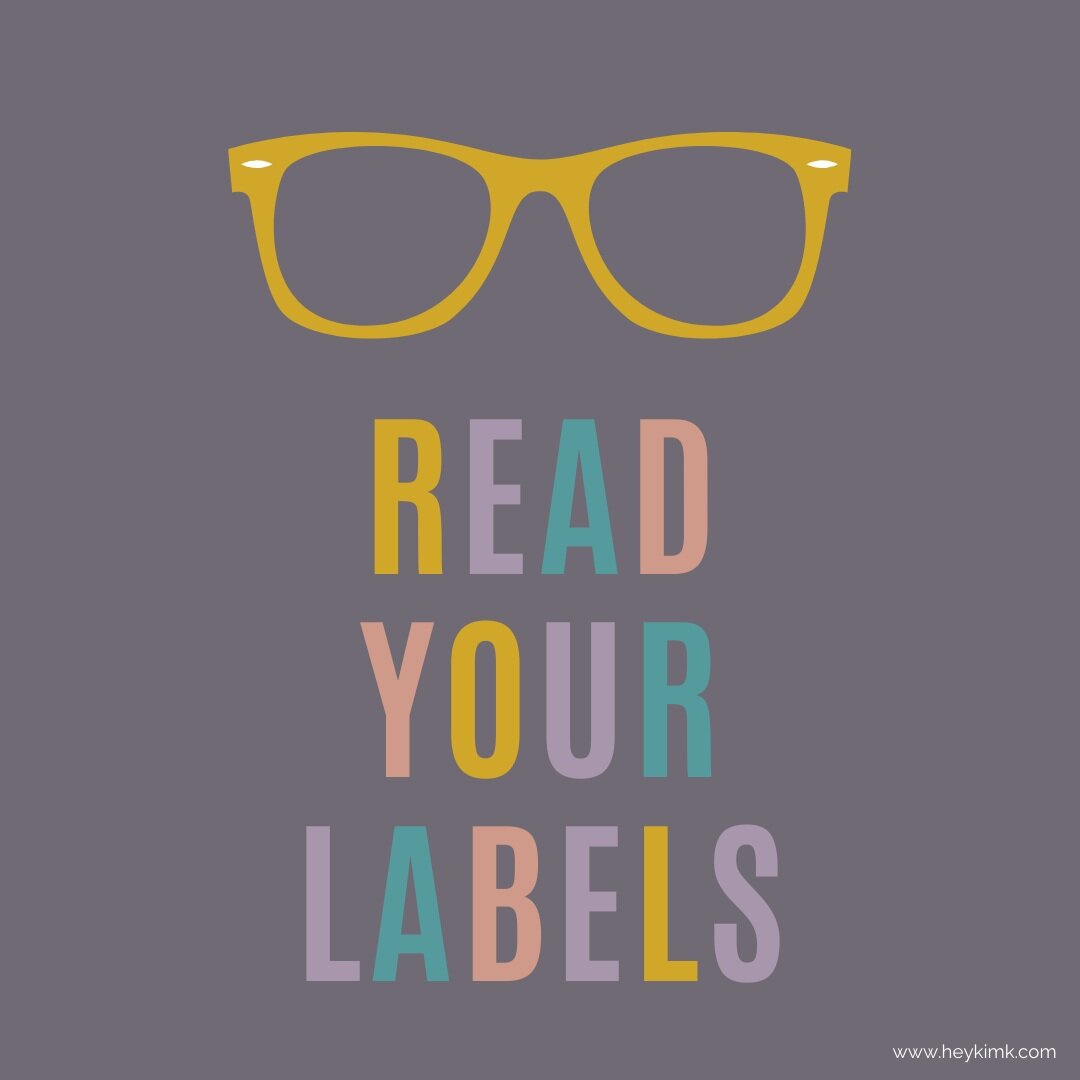THE BLOG
Update on the FDA's Temporary Labeling Policy
First, THANK YOU FARE! Fare organized a very needed and informative webinar addressing the food allergy community’s concerns about the FDA’s latest labeling flexibility policy. Now let’s jump into my takeaways from the event!
Straight talk from the food manufacturing associations - How the FDA’s new ingredient labeling policy is being implemented
First, THANK YOU FARE! FARE organized a much needed and informative webinar addressing the food allergy community’s concerns about the FDA’s latest labeling flexibility policy.
The panelists for the event were quite impressive. A group of of high ranking individuals within their respective industries whose roles involve overseeing and integrating the FDA’s policy for their associations. The panelists were: Debra Miller (Senior Vice President of Scientific & Regulatory Affairs of the National Confectioners Association), Donna Garren (Executive Vice President of Science and Policy of the American Frozen Food Institute), Lee Sanders (Senior Vice President, Government Relations and Public Affairs as well as Corporate Secretary for the American Bakers Association) and Joe Scimeca (Senior Vice President, Regulatory and Scientific Affairs.of the International Dairy Foods Association).
It felt comforting to see each panelist taking the time to address our community’s concerns. They provided clarity on the labeling and manufacturing issues at hand and a glimpse into what is happening within the food manufacturing industry.
Now let’s jump into my takeaways from the event!
In General:
The panelists reassured us that each industry is very aware of the challenges and dangers that the food allergy community faces on a daily basis. Each association’s members are highly trained about food allergies and are sensitive to their consumers’ needs.
There have been no ingredient changes in relation to allergens. The associations’ members have not needed to make any substitutions as allowed under the FDA’s new temporary COVID-19 labeling policy. There are a few reasons for this:
They haven’t had issues getting ingredients.
A change in ingredients would most likely lead to a change in consumer experience. An ingredient substitution (or omission) may result in the food tasting different to the consumer or offer a different texture than what they’re used to. Companies want to remain true to their customers’ expectations and not turn them off from a product they once loved.
A change in ingredients sets off a chain of events for a manufacturer. The manufacturers need to go through a very detailed and involved protocol to evaluate any issues pertaining to a new ingredient. This means checking with new suppliers about the sourcing of such ingredient, figuring out the impact on the company’s product line and updating the plant’s food safety plan (this includes safety measures for hazards such as allergens). These, among other things, are required by the law at all times.
Theoretically, if a substitution is needed to be made due to lack of ingredient availability, it will not be a one-off occasion for only one manufacturer. This will impact many companies and will be seen throughout an industry.
What You Can Do as a Food Allergy Concerned Consumer
Most packaging has already been printed and therefore will not be updated, so if there are ingredient substitutions you can find the information using the following tools:
Check QR codes and Smart Labels for packaged foods! This was emphasized to be one of the best ways to get the most recent and reliable information.
Check companies’ websites for updates about their products.
Look out for shelf markers at grocery stores. These are signs that are put directly on the shelves about a product (similar to those during the COVID-19 pandemic that let you know a store’s toilet paper was out of stock).
Stickers may be put on packages, but there is concern that they fall off on their way to the grocery store shelves.
If You Still Have Questions
For any questions you have about ingredients or substitutions, call the company! There should be an 800 number on the packaging.
What if the customer service rep doesn’t know what you’re talking about and doesn’t seem to know about the FDA’s new policy? Politely ask them to look into it! Ask them to check with their Quality Assurance (QA) Department and get back to you. Feel free to ask for the customer service representative’s name and direct line so you can follow-up if needed. Most likely, the representative’s lack of knowledge is just a miscommunication within the company.
Other Resources (not included in the FARE webinar - just a relevant personal recommendation)
Check out Snack Safely’s list. It contains manufacturers’ statements pledging that they will not substitute ingredients without stating the updated ingredient list on their packaging.
If it’s important to you to stay up-to-date about FDA policy regarding food allergies, click here to subscribe to my newsletter. Don’t want to you to miss a thing!

